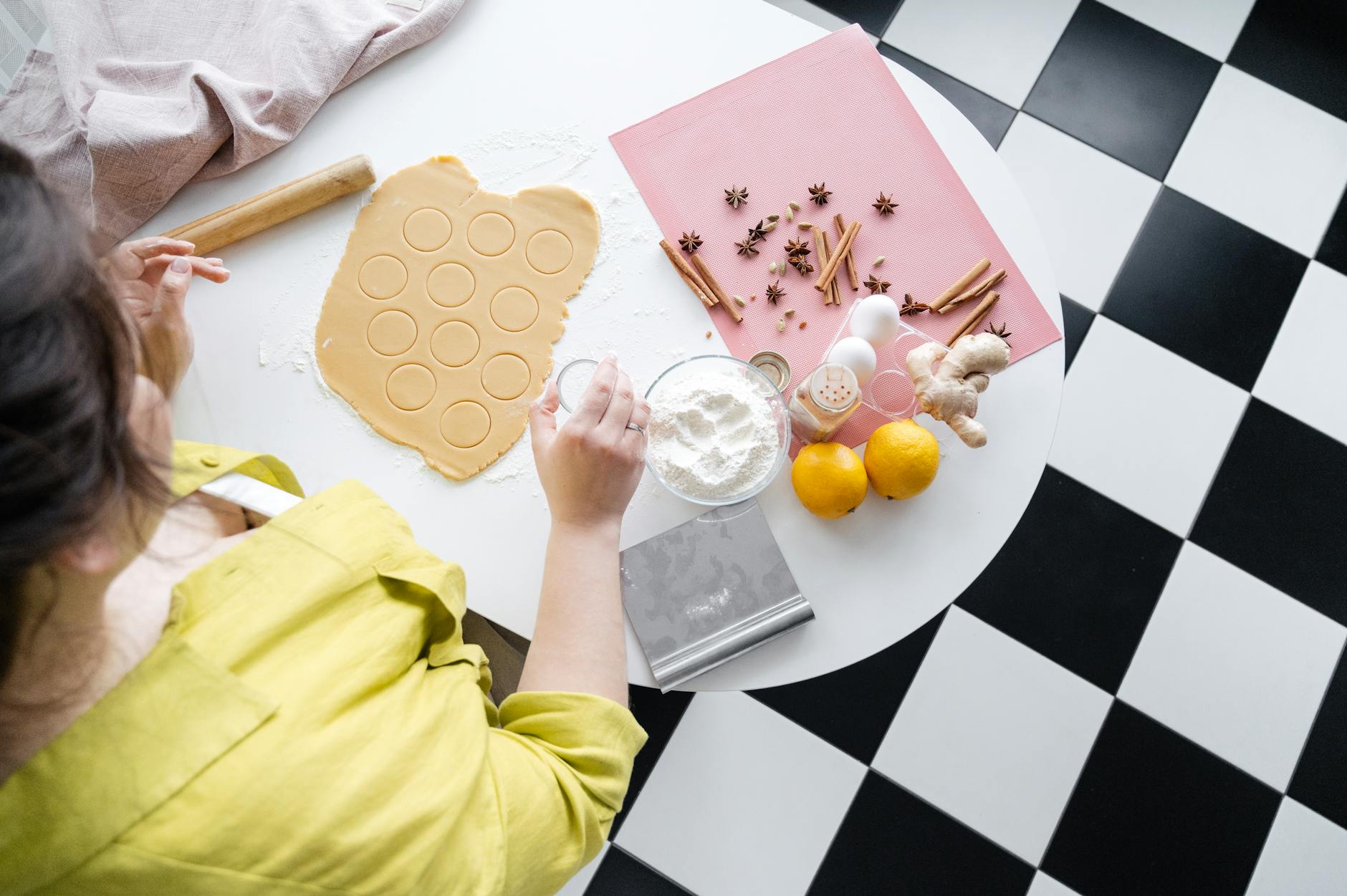Capture mouth-watering moments in food photography with our ultimate guide to snapping and snacking. Say cheese, and snap away!
Table of Contents
Food photography has become increasingly popular in recent years, with social media platforms like Instagram filled with mouth-watering images of meals and snacks. If you’re a food lover who also enjoys photography, combining these two passions can be a fun and creative way to showcase your culinary adventures. In this guide, we’ll explore how to take your food photography skills to the next level, whether you’re a seasoned pro or just starting out.
Setting Up Your Food Photography Space
Creating a dedicated space for your food photography can help you achieve consistent and high-quality images. Choose a well-lit area near a window with natural light, or invest in a ring light or softbox for artificial lighting. Use a clean backdrop, such as a marble slab or wooden table, to make your food stand out. Experiment with different angles and perspectives to find the most flattering composition for your dishes.
Choosing the Right Equipment
You don’t need a fancy camera to take great food photos – many smartphones have impressive camera capabilities. However, if you’re serious about food photography, consider investing in a DSLR or mirrorless camera with a macro lens for close-up shots. Tripods can help stabilize your camera and ensure sharp images, especially in low-light conditions. Don’t forget to clean your lenses regularly to avoid smudges or dust affecting your photos.
Styling Your Food
Food styling plays a crucial role in food photography, as it can make your dishes more visually appealing. Consider the colors, textures, and shapes of your ingredients when arranging your dish. Use garnishes, props, and utensils to add depth and interest to your composition. Experiment with different plating techniques and backgrounds to create a cohesive and eye-catching image. Remember to keep it simple and let the food be the star of the show.
Editing Your Photos
Editing is an essential step in enhancing your food photos and making them look polished and professional. Use editing software like Adobe Lightroom or Snapseed to adjust exposure, contrast, saturation, and white balance. Crop your images to improve composition and remove distracting elements. Experiment with filters and presets to give your photos a unique and cohesive look, but be careful not to over-edit and lose the natural beauty of your food.
Sharing Your Food Photography
Once you’ve captured and edited your food photos, it’s time to share them with the world. Social media platforms like Instagram, Pinterest, and Facebook are great places to showcase your work and connect with other foodies. Use relevant hashtags to reach a wider audience and engage with your followers by responding to comments and messages. Consider creating a dedicated food photography account or blog to curate your images and share behind-the-scenes stories.
Joining a Food Photography Community
Connecting with other food photographers can provide valuable feedback, inspiration, and support for your creative journey. Join online communities, such as Facebook groups or forums, dedicated to food photography to learn new techniques, participate in challenges, and network with like-minded individuals. Attend food photography workshops or meetups in your area to collaborate with other photographers and expand your skills. Remember, photography is a lifelong learning process, so don’t be afraid to ask questions and seek guidance from experienced photographers.
Conclusion
Food photography is a delightful blend of artistry and gastronomy, allowing you to capture the beauty and flavor of your favorite dishes. By following the tips and techniques outlined in this guide, you can elevate your food photography skills and create stunning images that tantalize the taste buds and inspire others. Whether you’re snapping homemade meals, restaurant dishes, or sweet treats, remember to have fun, experiment, and let your creativity shine through in every photograph you take.



